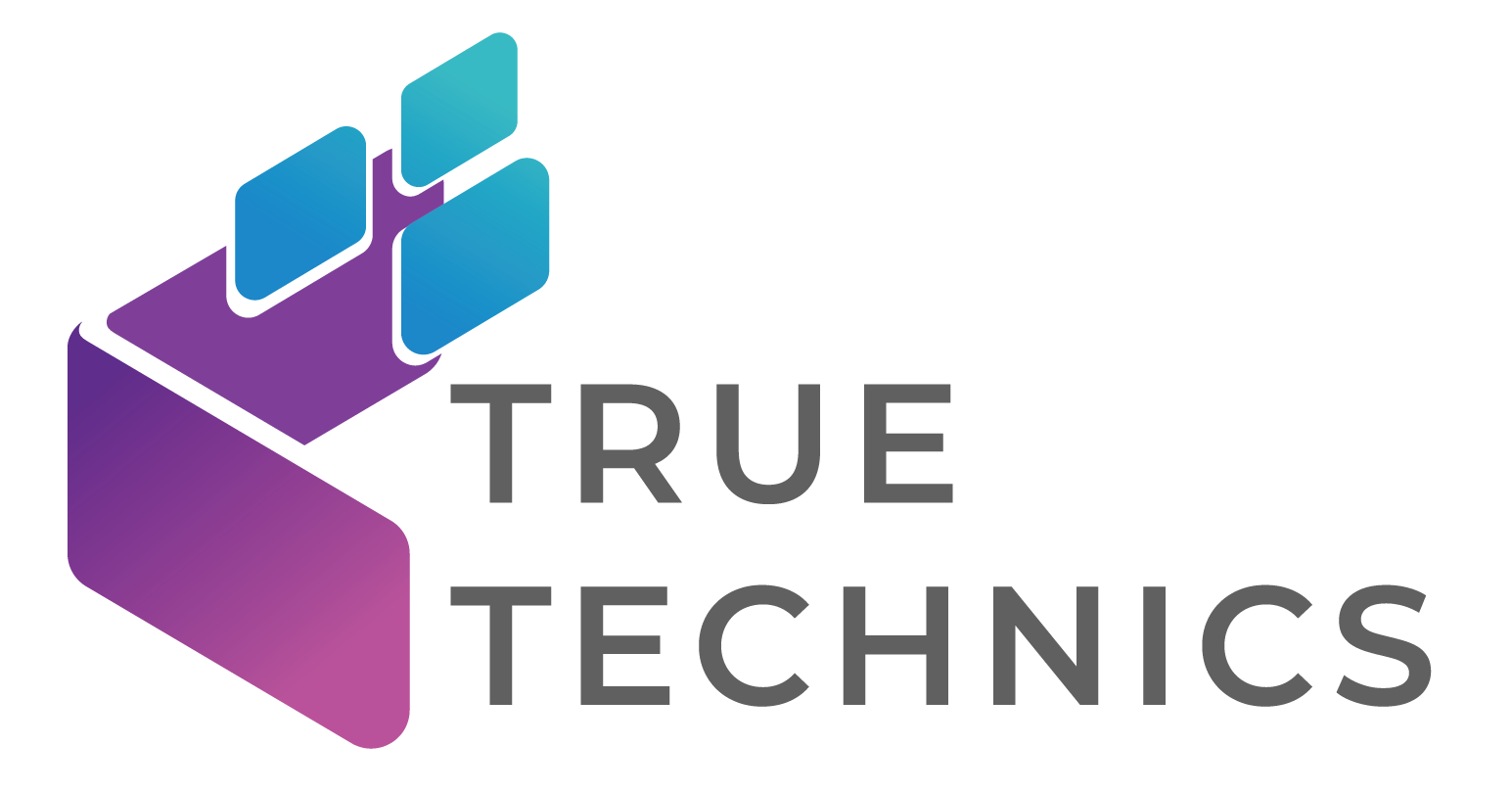Selling a property as-is comes with its own set of challenges. Buyers often approach these homes with caution, worried about hidden costs or repairs. That’s where the way you present the property makes all the difference. Today, sellers have two main paths: hosting a virtual tour or inviting buyers to an in-person showing. Both have unique strengths. Both have weaknesses. The key lies in knowing when and how to use them—sometimes even together. Let’s dive into the tech, strategies, and trade-offs so you can create the right approach for your as-is property sale.
Virtual Tours: Expanding Reach and Saving Time
What the Research Says
Virtual tours are more than just fancy videos. They’re proven tools that can reduce how long a home stays on the market. For example, Yu, Ma, Pant & Hu (2020) found that listings with virtual tours sold significantly faster, with some homes even fetching 2–3% higher prices. Other studies confirm these benefits:
- A study of over 34,000 transactions showed low-priced homes with virtual marketing sold for a 13% premium (Anderson et al., 2022).
- Virtual tours have been linked to a 20% reduction in time on market (ResearchGate).
- In some cases, selling time dropped by as much as 49% (Yan et al., 2024).
With numbers like these, it’s clear that tech-driven property showcases aren’t just a trend—they’re shaping how buyers make decisions.
Why Buyers Love Virtual Tours
Virtual tours meet buyers where they are—at home, at work, even on their phone during a commute. For buyers exploring multiple properties, this accessibility saves time and travel. And for sellers of as-is properties, that convenience matters. Buyers can get a realistic look at a home without worrying about wasted trips.
Benefits for Sellers
- Reach more buyers: Out-of-town buyers can view the home instantly.
- Save on logistics: Fewer appointments mean less disruption.
- Filter serious buyers: Casual browsers can explore online, while motivated buyers will book an in-person visit.
The Growing Market
Virtual tours aren’t just popular—they’re booming. The global virtual tour market was valued at $11.06 billion in 2024 and is projected to hit $74.35 billion by 2030, growing at a staggering 34.3% annually. If you’re not offering virtual tours, you’re missing a wave of buyer demand.
In-Person Showings: Building Trust and Transparency
Why They Still Matter
Even with all the tech, buyers still want to step inside a property before signing papers. In-person showings offer something that no screen can replicate: the feeling of being there. They can smell, touch, and truly sense the space.
For as-is properties, this matters even more. Buyers want to assess repairs firsthand. They want to know exactly what they’re taking on. Virtual tours may spark interest, but walking through the door builds trust.
The Emotional Factor
A screen can’t capture how natural light flows into a room at sunset. It can’t replicate the sense of space when standing in a kitchen. In-person showings let buyers experience those subtle, emotional details. And emotions sell homes.
When In-Person Wins
- Transparency: Buyers can confirm the home’s condition.
- Negotiation leverage: Face-to-face conversations about repairs or upgrades can influence outcomes. For example, understanding strategies for negotiating house prices can help both parties reach agreement faster.
- Confidence: Buyers leave knowing exactly what they saw, minimizing second-guessing.
Tech Tips for Creating Effective Virtual Tours
Want your virtual tour to stand out? Here are practical tips to make it work for an as-is sale.
1. Use the Right Tools
- 3D Cameras: Tools like Matterport or Ricoh Theta capture immersive, walk-through experiences.
- VR Headsets: Some buyers love exploring in full virtual reality.
- Hosting Platforms: Zillow 3D Home and Realtor.com offer easy integrations with MLS listings.
2. Focus on Photography
Photography makes or breaks virtual tours. Bad lighting exaggerates flaws, while good lighting highlights potential.
- Shoot during daylight for natural light.
- Use a tripod for steady, professional angles.
- Edit lightly—don’t oversell. Buyers will notice discrepancies in person.
3. Staging for Virtual Tours
Even for as-is homes, presentation counts. A cluttered space looks worse on camera than in real life.
- Remove unnecessary items.
- Clean thoroughly.
- Highlight potential—set up one corner as a “home office” or show how a living room could be arranged.
4. Add Interactive Features
Static tours are fine, but interactive ones shine.
- Offer floor plans buyers can click through.
- Add clickable hotspots with repair notes (“Roof replaced in 2018”).
- Narration or guided voiceovers make the experience more personal.
5. Combine Video and Virtual Tours
Not all buyers have the time or patience to explore a full 3D tour. Short video walk-throughs offer a quick overview, while detailed tours are there for those who want depth.
The Hybrid Approach: Best of Both Worlds
Why Combine Both?
For as-is properties, relying solely on virtual tours or in-person showings leaves gaps. A hybrid approach solves this. Virtual tours bring buyers in. In-person showings close the deal.
How It Works
- Launch with a Virtual Tour: Draw interest, expand reach, and pre-qualify serious buyers.
- Schedule Targeted Showings: Invite those motivated buyers to see the property in person.
- Support with Transparency: Offer inspection reports or repair estimates alongside both methods.
The Seller Advantage
This approach not only saves time but also strengthens trust. Sellers present the property honestly online and reinforce that honesty in person. For those selling house as-is in Texas, this balance can attract both cautious and confident buyers.
Conclusion
Selling an as-is property isn’t easy. Buyers want convenience, but they also want transparency. Virtual tours deliver reach and speed, while in-person showings provide the trust needed to finalize the deal. The smartest move? Use both. Create an engaging virtual experience with strong tech, staging, and interactive features, then invite serious buyers for in-person visits. This hybrid strategy maximizes exposure, builds confidence, and helps sellers move their properties faster. In today’s housing market, that combination isn’t optional—it’s powerful.


